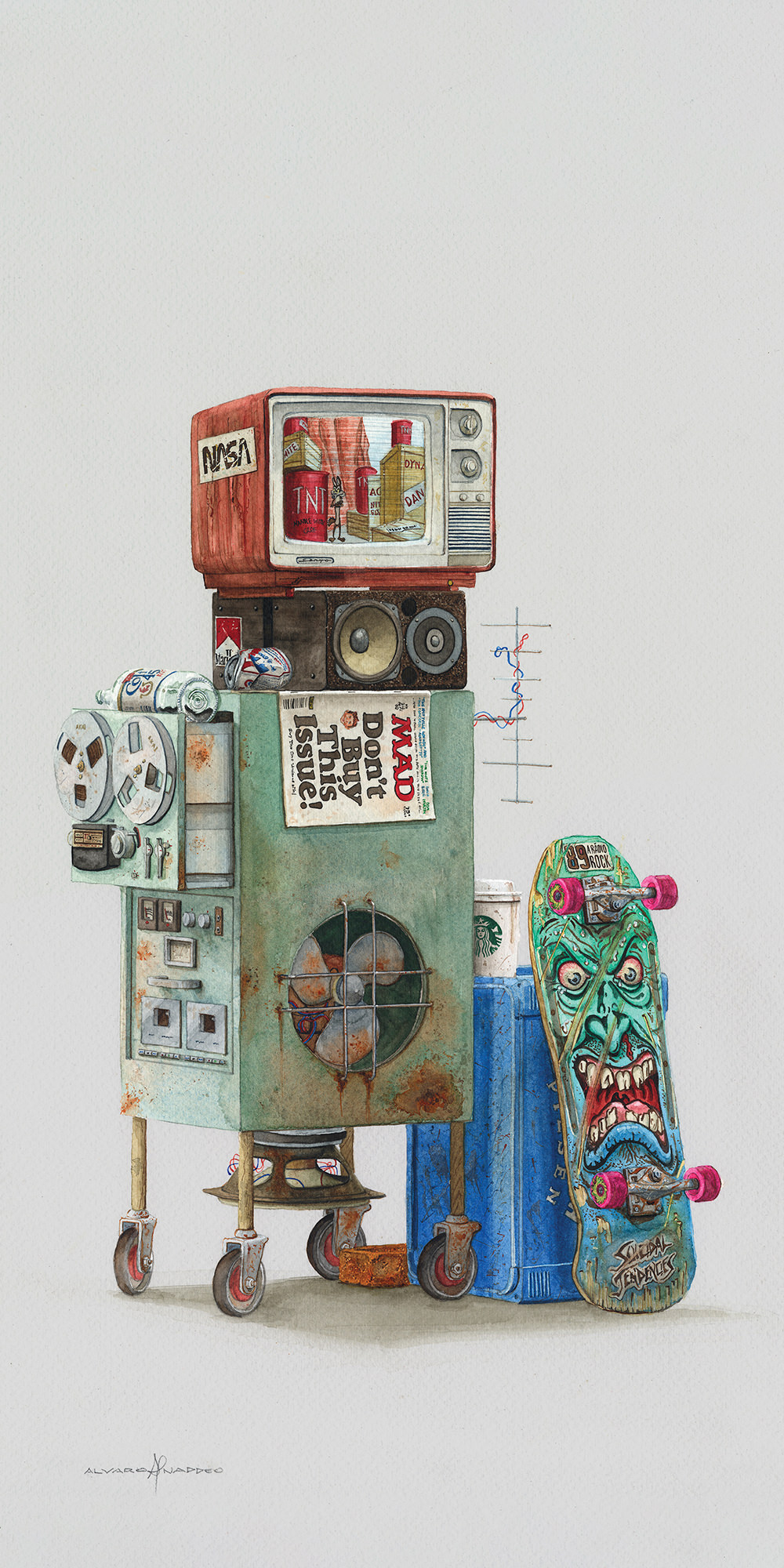This past year I’ve been on a low-key “Pultec quest.” I’ve always loved the sound of the famous blue passive EQ – the big curves, simple design, and ease of use has always appealed to me. So, in my research for a new studio tool, I found myself on IGS Audio’s website staring longingly at the Rubber Bands 500 Series Mastering Edition passive equalizer, or RB 500 ME. I wanted to check it out for tracking and mixing duties, and after getting in touch with the incredibly friendly Igor Sobczyk at IGS, I was able to get my hands on a demo unit for review.
Once I received the two-space unit and unboxed it in the studio, I was immediately impressed with the build quality of the RB 500 ME. The EQ comes equipped with four robust IGS Audio custom-made transformers on both the input and the output of each channel. The transformers have some serious weight to them – when I initially picked up the box, I wondered for a moment if Igor accidentally sent me two units! The faceplate, knobs, and internal components are all made from high-quality parts – it doesn’t feel flimsy or cheap by any means. The EQ has stereo-linked top and bottom shelves, and attenuation controls for both channels: Pretty straightforward. Once I stopped ogling at the EQ, I plugged it in and put it to work.
My first tracking project with the RB 500 ME was with Omaha grungy rock band The Dharma Rose. While tracking drums, I put the IGS on kick inside and out. One feature I enjoy about this EQ is that the attenuation bands don’t have to be fixed to the frequency selected on the boost, which is usually the case with this style of circuit. So, I gave the kick mics a low boost around 20 or 30 Hz, but then cut a little bit at 240 where it gets a little wooly. Same approach up top: I can give a kick drum a solid boost at 5 or 8 kHz for snap, but then gently attenuate some of the zingy cymbal bleed and excess top at 12 or 16 kHz. The end result was beefy and punchy. On later projects, I used this same method with the RB 500 ME on snare top and bottom, swapping out 30 Hz for 180 Hz on low tuned snares or 240 Hz for a higher tuned snare. I had similar positive results with toms, bass, and vocals.
Having tried several Pultec-style EQ units in this price range, one thing that the RB 500 ME excels at in comparison to other clones is bottom end thump. The massive transformers are definitely adding some beef to anything you send through them. During mix, I liked it on my bass sub-mix – adding a dash of 100 Hz with some midrange note definition at 5 kHz. I also used it on the mix bus a handful of times to add some 60 Hz weight with 10 or 12 kHz of air up top. The stepped pots make it super easy to recall any setting, plus you can download a handy recall sheet from the IGS website.
For a stereo passive EQ with stepped pots and big fat transformers, the IGS RB 500 ME seems well worth the price. I don’t think I’ve seen or heard any other 500 Series unit that specs out this well for this kind of a bargain. My only problem is that I need more than two channels for kick, snare, toms, bass, and stereo mix bus duty! The IGS RB 500 ME is a massive bang for the buck, and would be a fantastic tool for any studio.




_disp_horizontal_bw.jpg)